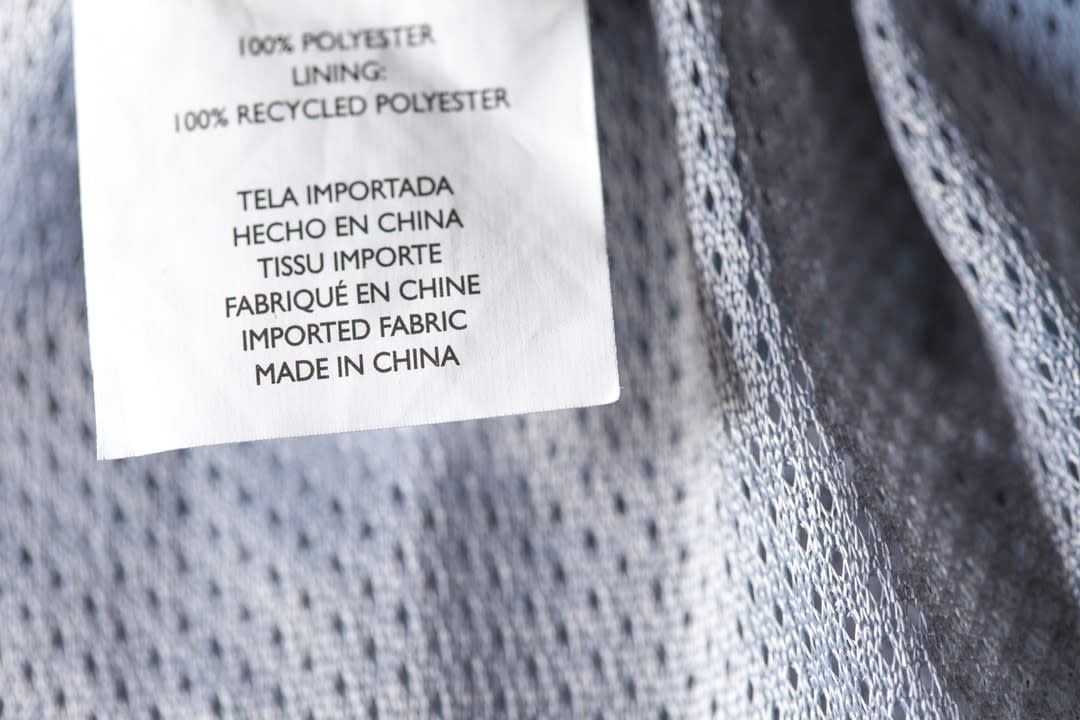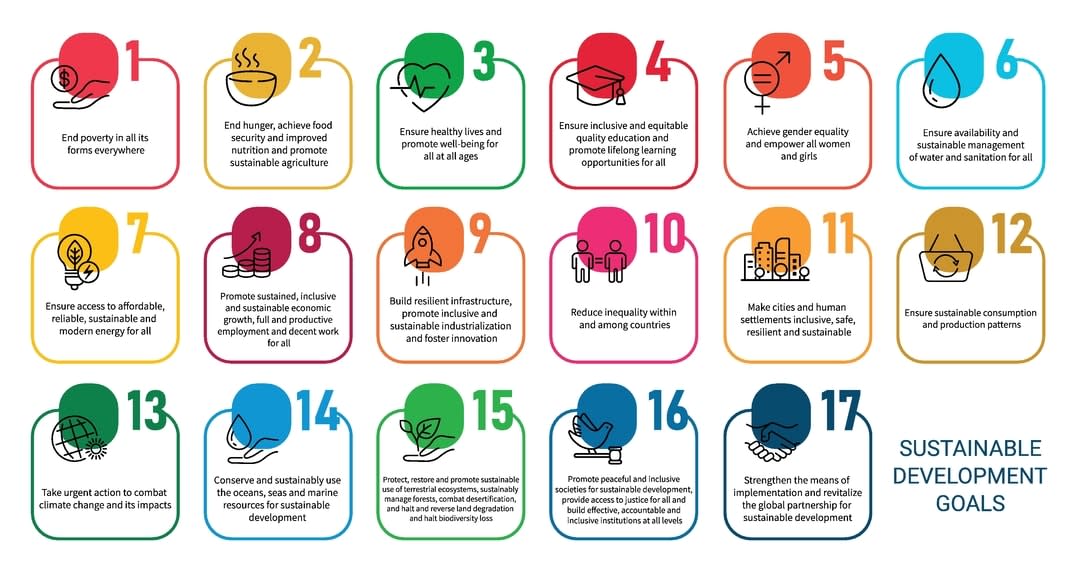One day soon, climate change might change the way we dress.
People are discarding clothes that they’ve never worn, or worn only once, says researcher Aleasha McCallion, and that’s wasting our natural resources and contributing to our greenhouse emissions.
Even those who aren’t interested in fashion still wear clothes and consume household textiles, she says. Raising awareness of how our clothes are made, and what happens to them when we no longer need them, and how we might purchase, wear and dispose of them differently, can potentially help the planet.
Although teenage girls with Instagram accounts are often blamed for buying – and then trashing – fast fashion, anyone who treats new clothes as disposable items is contributing to the problem, McCallion believes. When a t-shirt is “cheaper than a cup of coffee, people don’t necessarily attach value to it, because it’s been devalued”, she says.
Consumers are inevitably participating in a fashion market that produces garments at ever-lower costs ($4 supermarket t-shirts, for example), encouraging impulse buying or shopping as entertainment.
“OECD countries such as Australia, the UK and the US are leading this trend,” McCallion says. “We’re continuing to buy and to produce more and more, and at the same time using the purchased clothing less and less.”
Read more: Fashion industry embraces sustainability and ethics as consumers demand: “Who made my clothes?”
In a report for the Monash Sustainable Development Institute (MSDI), Transitioning to a Circular Textile Economy in Australia, McCallion and fellow researchers Julie Boulton and Jim Curtis present some eye-watering statistics on the scale of the problem:
● Every 10 minutes, an estimated 6000 kilos of textiles and clothing are dumped in landfill in Australia.
● Charities are overwhelmed; only 1% of total collected disposed garments are recycled.
● 100 billion garments are produced globally each year, with 33% going to landfill within the first year of purchase.
● The textile industry is estimated to emit 8% of carbon emissions, and 20% of the world’s waste water.
McCallion says it’s impossible to reach net zero emissions without including the global textile industry, yet the sector is often overlooked.
The report cited a Victorian council study as an example of when textiles are included in household waste data collection. It found that textiles make up 3% of household waste, on a par with plastic – and more than glass (2%), and steel and aluminium (2%).
A new life, for longer
A circular textile economy would enable garments to be purchased, resold or repurposed for as long as possible, at scale.
Natural fibres could return to the biosphere at the end of their life.
“In our research, our first question was, what is the industry doing already? What sustainability initiatives are they investing in, and what circular initiatives are they looking at?” McCallion says.
“A lot of businesses don’t know how to be circular. They’re making more products to generate revenue, versus being able to generate profits multiple times from the same physical product.” (Reselling and repurposing products could do this.)
At the same time, awareness is growing that consumers’ habits and choices are ripe for change, which means that even high-volume, low-cost businesses are investigating how to adapt to a circular model.

For instance, many volume and value retailers are already transitioning to a circular economy by using recycled polyester in some large-volume products, and making more t-shirts from organic cotton, she says.
This can affect the production of hundreds of thousands of items at a time, “and that’s really powerful”, McCallion says.
Manufacturers are “also driven by who’s working in their companies”, she says. Tertiary fashion programs now include courses on sustainability, which means a growing number of graduates are gradually influencing their workplaces.
This might mean that garments, or household textiles such as towels and sheets, can include alternatives to virgin materials such as recycled PET, she says. At the same time, she acknowledges that radical change is required to limit the impacts of microplastic shedding.
Some local businesses are already offering to repair or resell used items, or to recycle them at the end of their usefulness.
Changing to a circular model will inevitably have impacts for the one in six people now employed in the global fashion supply chain (220,000 of them in Australia), McCallion admits.
“But there already is an immense social and economic cost to the current model of low-cost and ‘disposable’ fashion, because of the severe inequity experienced by those working in the global supply chain – namely garment workers, predominantly women,” she says. “Plus, we collectively have to ‘pay’ for all of the vast waste being generated.”
The circular economy offers economic opportunities, including more equitable ones.

Asked what she would change about the industry if she could, McCallion suggests tackling the UN’s Sustainable Development Goal No.12 – Responsible Consumption and Production.
This could involve clothing labels that list the environmental cost of each garment – the volume of water consumed in the dyeing process, for instance, or to produce the rayon or the viscose.
She would also ban textiles from landfill to encourage the recycling or repurposing of unwanted Items, and the revaluing of textiles as a material resource.
And she would make it easier for industry players to have access to the latest information and research on innovative sustainable practices – how to incorporate recycled elements in garments, or how to minimise microfibre pollution, are some examples.
Download a copy of the guide: A Better t-shirt for today and tomorrow. Circular Stories. Volume 1 here.







